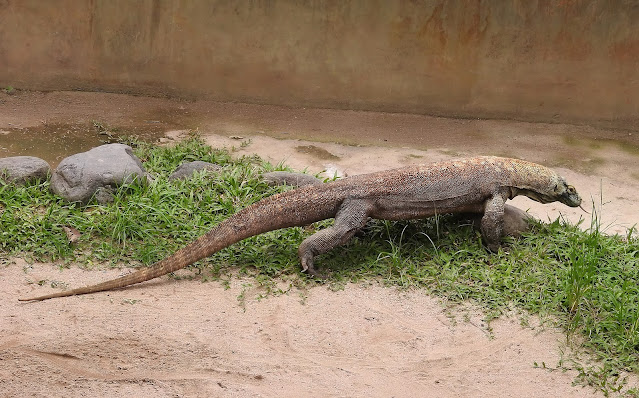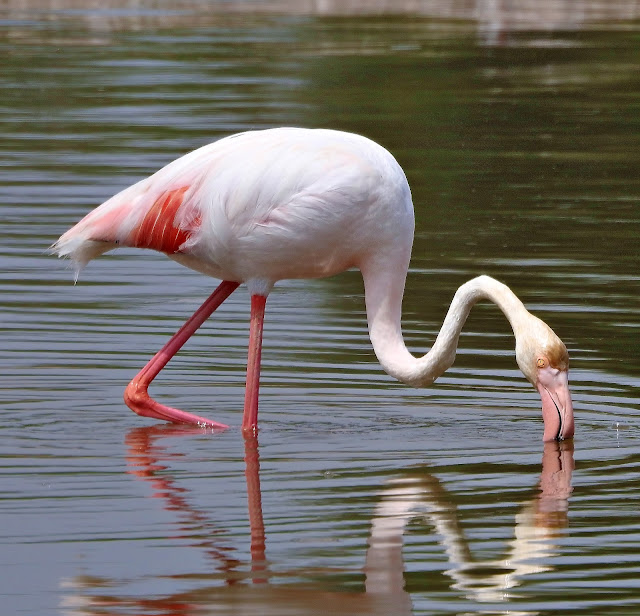The Bali myna (Leucopsar rothschildi), also known as Rothschild's mynah, Bali starling, or Bali mynah, locally known as jalak Bali, is a medium-sized (up to 25 cm (9.8 in) long), stocky myna, almost wholly white with a long, drooping crest, and black tips on the wings and tail. The bird has blue bare skin around the eyes, greyish legs and a yellow bill. Both sexes are similar. It is critically endangered and in 2020, fewer than 50 adults were assumed to exist in the wild.
The Bali myna is restricted to the island of Bali (and its offshore islands) in Indonesia, where it is the island's only endemic vertebrate species. In 1991, the bird was designated the faunal emblem of Bali. Featured on the Indonesian 200 rupiah coin, its local name is jalak Bali
In its natural habitat it is inconspicuous, using tree tops for cover and–unlike other starlings–usually coming to the ground only to drink or to find nesting materials; this would seem to be an adaptation to its noticeability to predators when out in the open. The Bali mynah often gathers in groups when it is young to better locate food and watch out for predators. The vocalizations are a variety of sharp chattering calls and an emphatic tweet.
The Bali myna's diet includes fruit, seeds, worms and insects.










%201.jpg)
%202.jpg)
%201.jpg)

%201.jpg)
%203.jpg)


%201.jpg)








%2023.jpg)
%2024.jpg)
%2025.jpg)


%201.jpg)
%203.jpg)
4.jpg)








%201.jpg)



%201.jpg)